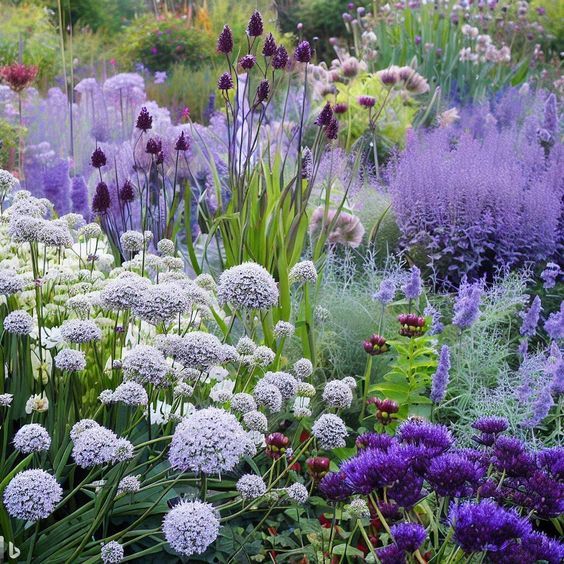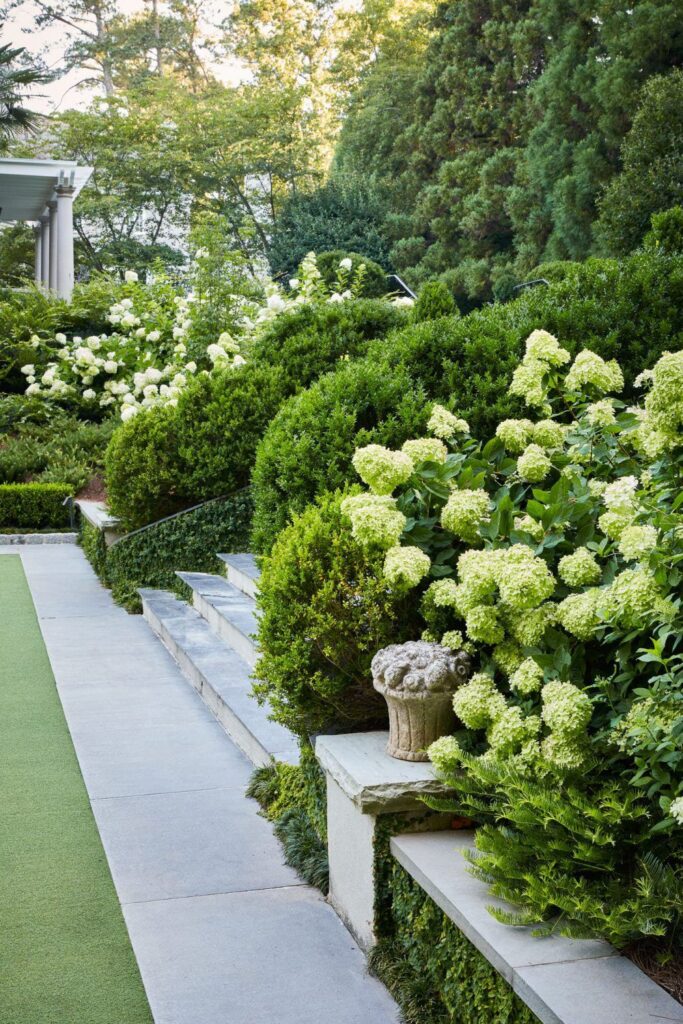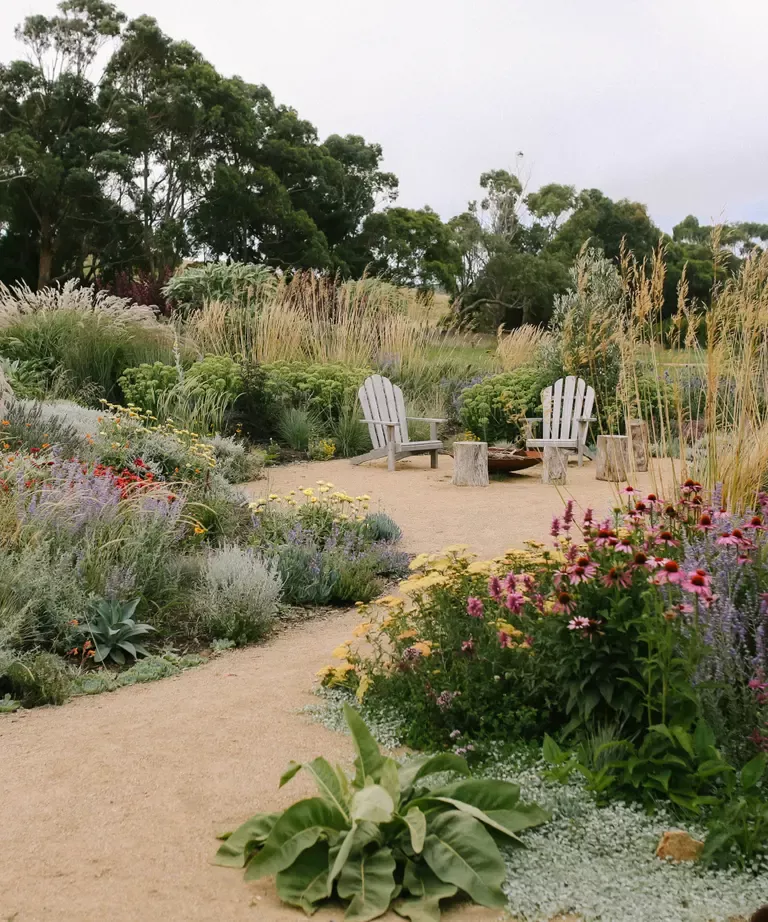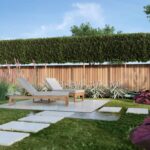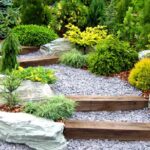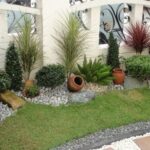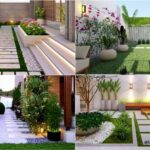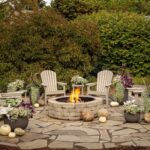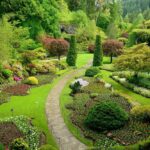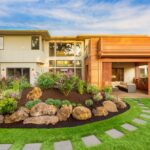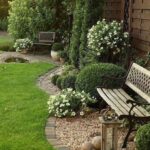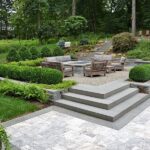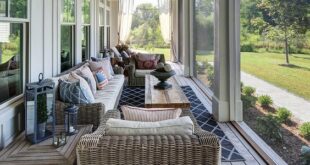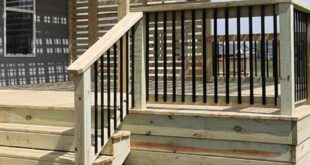Garden landscape design is an important aspect of creating a beautiful and functional outdoor space. Whether you have a small backyard or a spacious yard, well-thought-out landscaping can enhance the overall look and feel of your property. Here are some key elements to consider when designing your garden landscape.
One of the first steps in garden landscape design is to evaluate the existing features of your outdoor space. Take note of the size and shape of your yard, as well as any existing plants, trees, and structures. Consider how these elements can be incorporated into your design, or if they need to be removed or relocated.
Once you have a clear understanding of your outdoor space, it’s important to define the purpose of your garden. Are you looking to create a peaceful retreat for relaxation, a space for entertaining guests, or a practical garden for growing vegetables? Understanding the intended use of your garden will help you determine the layout and features that will best suit your needs.
When it comes to designing the layout of your garden, consider the principles of balance, proportion, and harmony. Create a sense of balance by evenly distributing plantings and hardscaping elements throughout the space. Pay attention to the proportions of different elements and how they relate to each other. And strive for harmony by selecting plants and materials that complement each other in color and texture.
Incorporating hardscaping elements, such as pathways, patios, and garden structures, can add functionality and visual interest to your garden landscape. These features can help define different areas of your outdoor space, create focal points, and provide opportunities for seating and entertaining. Choose materials that are durable, weather-resistant, and complement the overall style of your garden.
When selecting plants for your garden landscape, consider factors such as sunlight, soil conditions, and maintenance requirements. Choose a mix of trees, shrubs, perennials, and annuals to create a diverse and visually appealing garden. Pay attention to the growth habits and mature sizes of plants to ensure they will fit well within your garden design and won’t become overgrown.
Finally, don’t forget to add personal touches to your garden landscape to make it truly unique and reflective of your style and personality. Consider incorporating elements such as sculptures, water features, outdoor lighting, and garden art to add interest and character to your outdoor space. By carefully planning and designing your garden landscape, you can create a beautiful and functional outdoor oasis that you can enjoy for years to come.
 yishifashion Where Outdoor Dreams Become Reality
yishifashion Where Outdoor Dreams Become Reality
